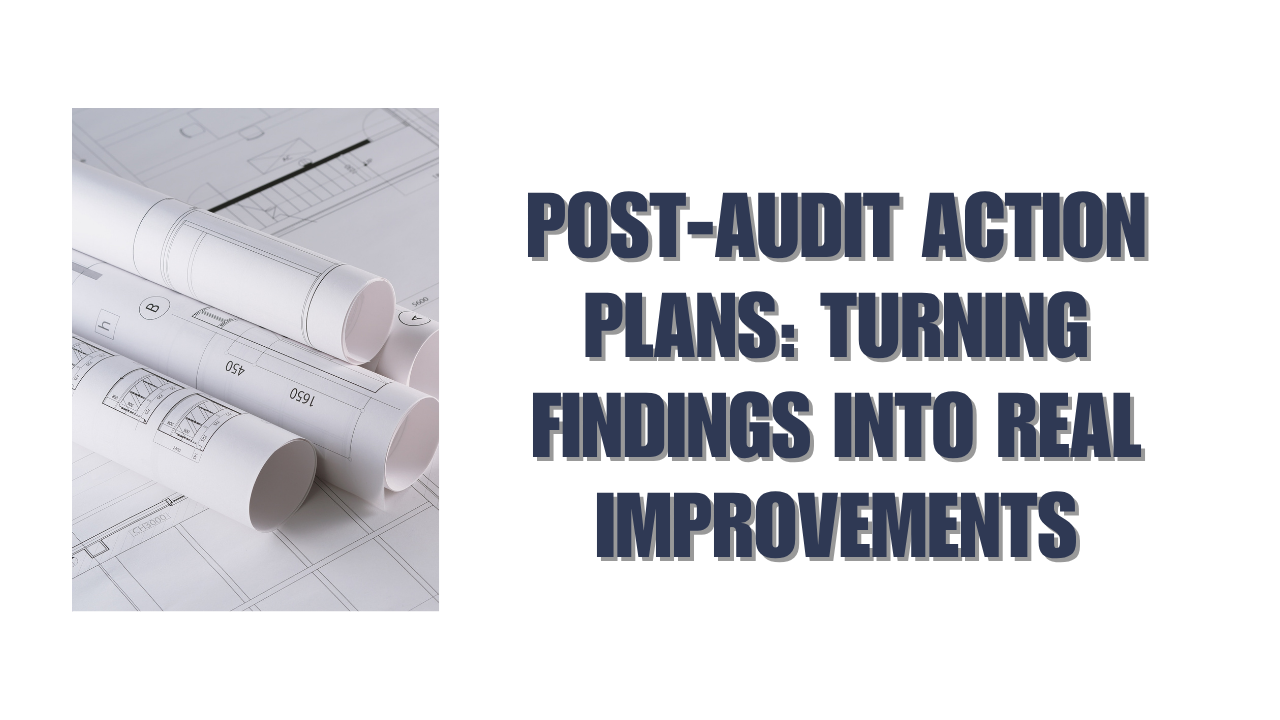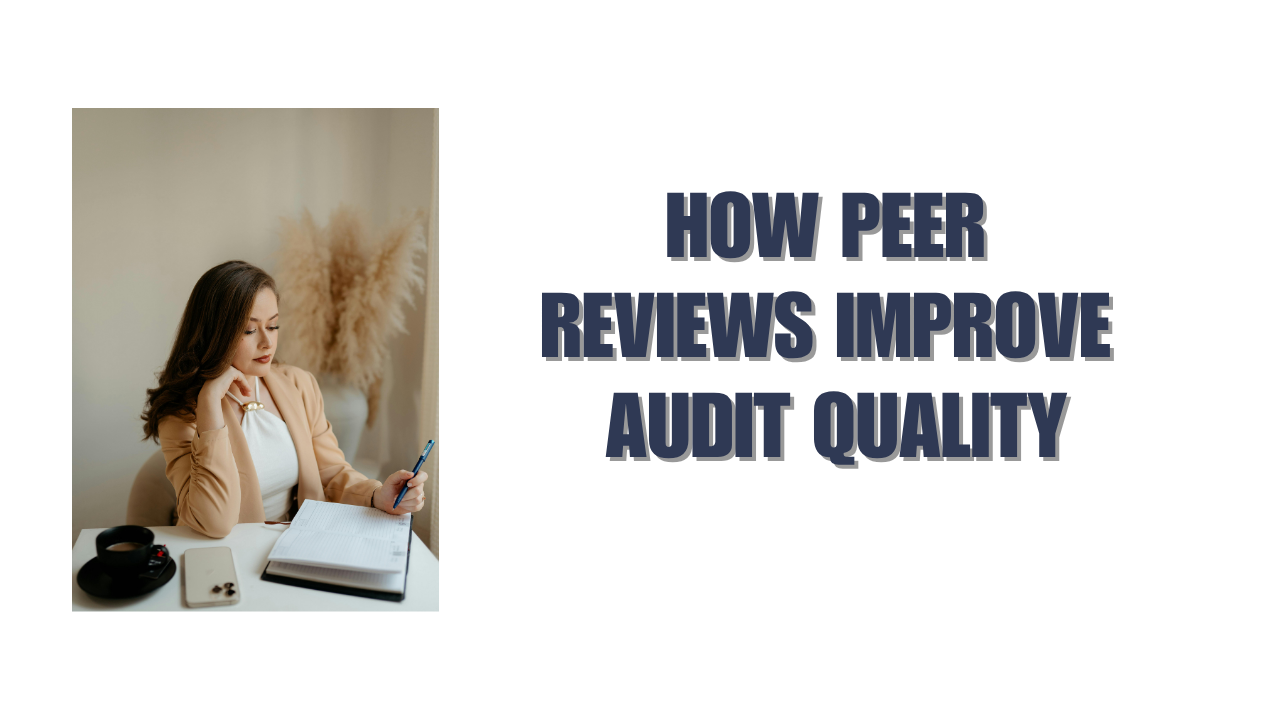Audits are not an endpoint-they are the starting point for meaningful change. While audit findings highlight risks, inefficiencies, and compliance gaps, their true value is realized only when organizations act on them. Post-audit action plans are the bridge between discovery and improvement, transforming audit insights into measurable operational and financial benefits.
At Aurora Financials, we guide organizations in creating actionable post-audit plans that ensure findings lead to tangible improvements, stronger controls, and enhanced organizational performance.
Why Post-Audit Action Plans Matter
Audit reports provide critical information, but without a structured approach to implementation, recommendations often remain unaddressed. Post-audit action plans:
- Translate audit findings into actionable steps.
- Assign accountability for implementation.
- Define timelines and resource requirements.
- Enable measurable tracking of progress and outcomes.
Organizations that develop robust post-audit action plans see improved operational efficiency, reduced risks, and audit cost savings.
Key Elements of an Effective Post-Audit Action Plan
A well-structured post-audit action plan includes the following components:
1. Prioritization of Findings
Not all findings carry equal risk or impact. Categorize recommendations as high, medium, or low priority based on:
- Regulatory or compliance urgency.
- Financial implications.
- Operational significance.
Prioritization ensures resources are focused on areas that deliver the greatest impact.
2. Clear Assignment of Responsibility
Each recommendation should have a designated owner responsible for implementation. Ownership drives accountability, ensuring tasks are completed and progress is monitored.
3. Specific Action Steps
For each audit finding, outline precise actions required to address the issue. Include details such as:
- Process adjustments or workflow changes.
- Technology or system upgrades.
- Policy or procedure updates.
The more specific the actions, the easier it is to implement them effectively.
4. Defined Timelines and Milestones
Set realistic deadlines for each action step, along with key milestones to track progress. Timelines create urgency and provide a framework for follow-up.
5. Resource Allocation
Identify the resources required for implementation, including personnel, budget, and tools. Adequate resourcing ensures recommendations are actionable and achievable.
6. Measurement of Success
Define metrics to track the effectiveness of implemented actions. This can include reduction in risk exposure, improved compliance rates, or operational efficiency gains.
Steps to Implement Post-Audit Action Plans
Implementing post-audit action plans requires a structured, proactive approach:
Conduct a Kick-Off Meeting
Start by reviewing audit findings with relevant stakeholders. Discuss priorities, timelines, and resource requirements. This ensures alignment and commitment from all involved parties.
Develop Detailed Action Plans
Translate each recommendation into a detailed plan, outlining responsibilities, timelines, and expected outcomes. Document plans in a central repository for visibility and tracking.
Monitor Progress Regularly
Regular monitoring is essential. Use dashboards or project management tools to track completion of tasks, identify bottlenecks, and adjust plans as needed.
Communicate Updates to Leadership
Keep senior management informed of progress and any challenges encountered. Transparent communication reinforces accountability and demonstrates the organization’s commitment to improvement.
Conduct Follow-Up Reviews
Once actions are implemented, review results to ensure findings have been adequately addressed. Auditors or internal teams may verify that controls are effective, risks are mitigated, and efficiencies are achieved.
Challenges in Post-Audit Implementation
Organizations may face obstacles when implementing post-audit action plans, including:
- Resource Limitations: Limited personnel or budget can slow progress.
- Resistance to Change: Staff may be reluctant to adopt new processes or procedures.
- Complex Findings: Technical or regulatory recommendations may require external expertise.
- Poor Communication: Lack of clear updates can result in delays or incomplete implementation.
Addressing these challenges proactively ensures that post-audit action plans deliver tangible results.
Opportunities and Benefits
Effective post-audit action plans generate measurable benefits across the organization:
Operational Efficiency
Implementing recommendations reduces inefficiencies, streamlines processes, and improves workflow.
Risk Mitigation
Addressing identified risks proactively minimizes the likelihood of compliance breaches, financial loss, or reputational damage.
Financial Impact
Improved processes and controls often result in audit cost savings and better allocation of organizational resources.
Strategic Decision-Making
Post-audit action plans provide management with clear insights and tangible improvements, supporting informed decision-making.
Stakeholder Confidence
Demonstrating that audit findings are acted upon builds trust with regulators, boards, investors, and other stakeholders.
Leveraging Technology to Support Implementation
Technology can streamline post-audit action plan execution:
- Project Management Tools: Track assignments, timelines, and progress.
- Dashboards: Visualize implementation status and key performance indicators.
- Automated Alerts: Notify responsible parties of pending or overdue actions.
- Documentation Platforms: Maintain a central repository for audit reports and action plans.
At Aurora Financials, we integrate technology into post-audit workflows to enhance accountability, transparency, and efficiency.
Partnering with Audit Experts
Engaging audit professionals ensures that post-audit action plans are practical, prioritized, and aligned with organizational goals. Experts bring objectivity, industry knowledge, and technical guidance that increase the likelihood of successful implementation.
Aurora Financials works closely with clients to develop post-audit action plans that transform findings into measurable improvements, reduce operational risk, and strengthen internal controls.
Conclusion
Audits provide valuable insights, but their true impact is realized through action. Post-audit action plans bridge the gap between discovery and improvement, turning audit findings into tangible operational, financial, and compliance benefits.
By prioritizing recommendations, assigning ownership, defining clear actions, and tracking progress, organizations can enhance efficiency, reduce risks, and achieve measurable audit cost savings.
Effective post-audit implementation also strengthens governance, builds stakeholder confidence, and transforms audits from compliance exercises into strategic tools for growth and resilience.
If your organization wants to ensure that audit findings lead to real improvements, Aurora Financials provides expert guidance in developing actionable post-audit plans, monitoring implementation, and maximizing the value of your audits.
Contact Aurora Financials today to learn how we can help turn your audit findings into measurable operational improvements and strategic outcomes.






